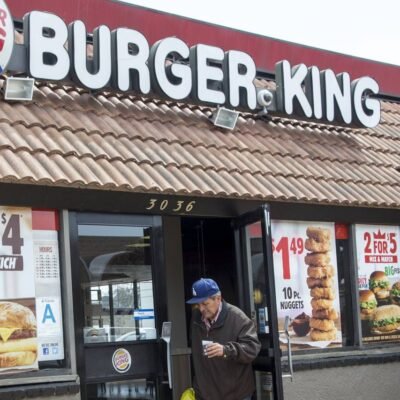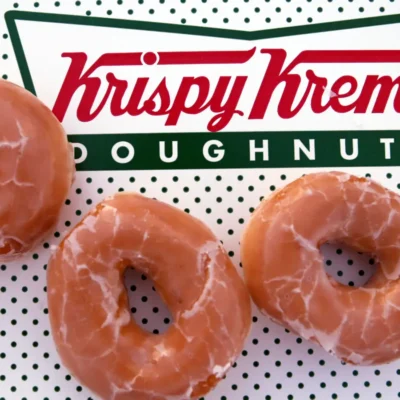The fast-food industry in the United States is facing serious headwinds. Rising food costs, changing consumer preferences, labor shortages, and growing competition from healthier and delivery-focused brands are reshaping the sector. Recently, three well-known and once-thriving fast-food chains have announced permanent closures.
These closures serve as a wake-up call not only for industry players but also for consumers and local economies that have long relied on these establishments.
Which Chains Are Closing and Why
According to recent reports, the three iconic fast-food chains shutting down are:
1. Boston Market
Once known for its rotisserie chicken and home-style meals, Boston Market has struggled in recent years. The chain, which once boasted over 1,200 locations, has faced lawsuits, missed payrolls, and mounting debt.
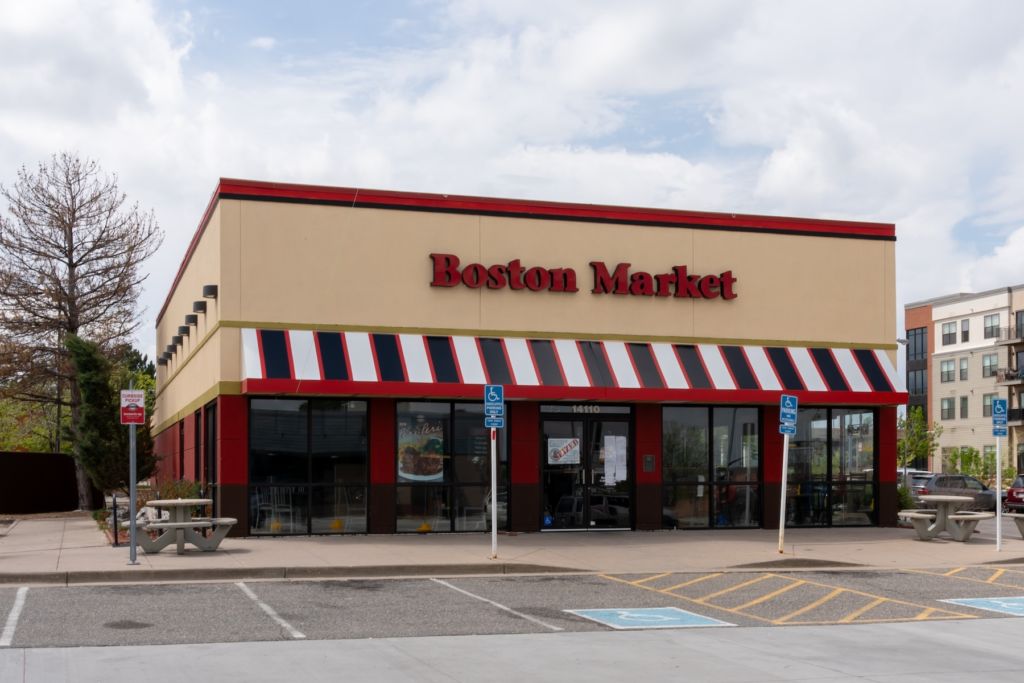
In 2023 and 2024, the company shut down several locations across the U.S., and in 2025, the permanent closure of its headquarters in Golden, Colorado, marked the symbolic end of its era.
The company cited high operational costs, declining foot traffic, and legal issues with vendors and employees as main reasons for closure.
2. Red Robin’s Burger Works
Red Robin, a sit-down burger chain, once attempted to tap into the fast-casual market through its spinoff, Red Robin Burger Works. The idea was to offer faster service, a smaller menu, and lower prices, mainly in urban areas.
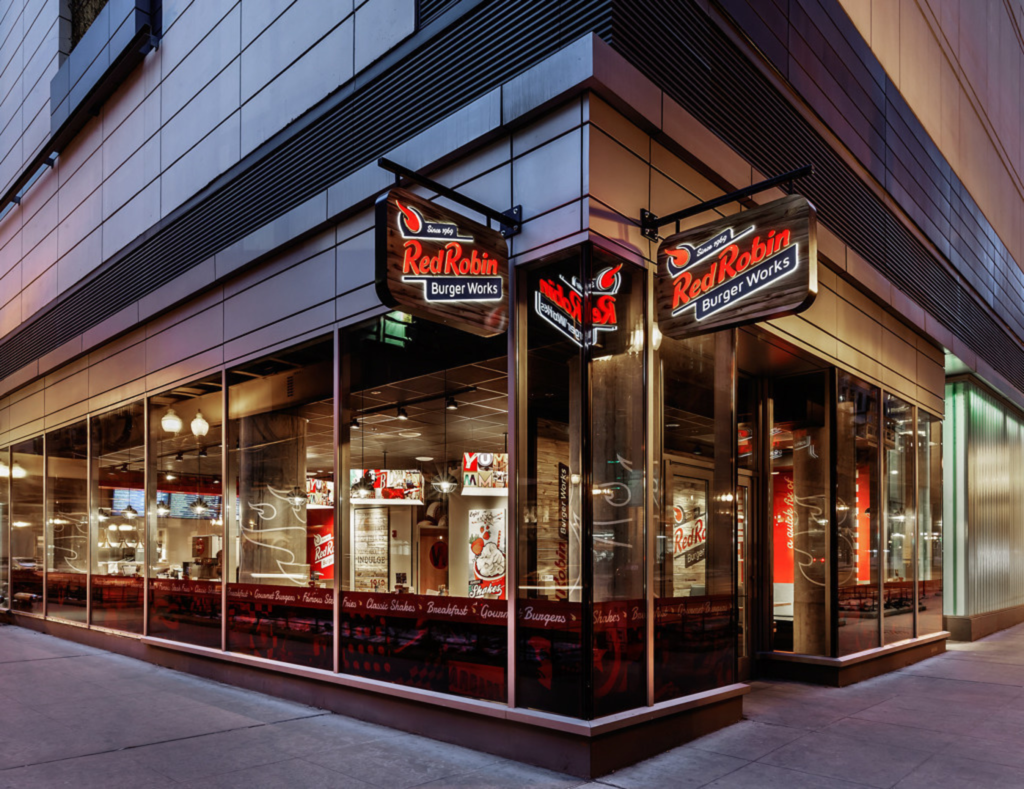
However, the concept failed to attract enough customers. With increased pressure from more agile competitors like Shake Shack and Five Guys, Red Robin decided to close down all remaining Burger Works locations by mid-2025.
The closure reflects the difficulty traditional brands face when trying to pivot into new formats without clear differentiation.
3. Steak ‘n Shake
Steak ‘n Shake, known for its steakburgers and milkshakes, has seen a slow but steady decline in its operations. Over the past five years, the company has closed hundreds of stores, citing financial troubles and an outdated business model.
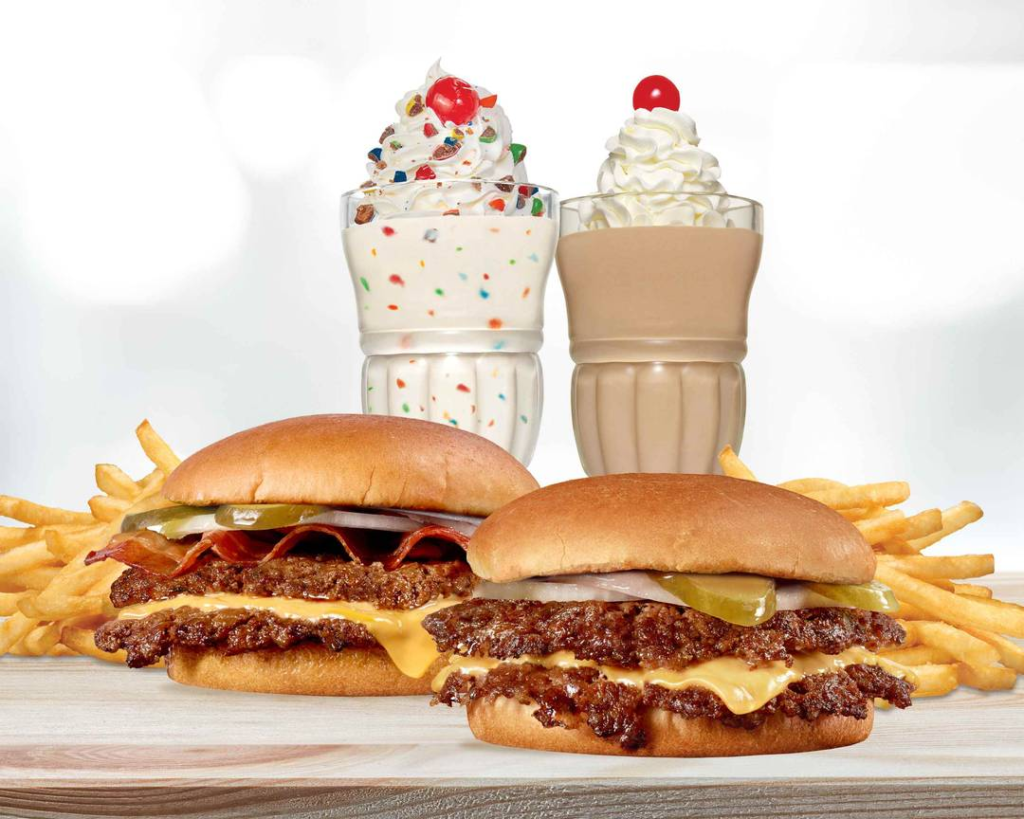
In 2025, the brand confirmed it will permanently shut down all remaining corporate-owned outlets and will continue only as a smaller, franchised model.
Labor issues, slow service, and outdated store formats contributed to customer dissatisfaction. The company failed to modernize quickly enough to meet the demand for mobile ordering and drive-thru efficiency.
What This Says About the Fast-Food Industry
These closures are not isolated incidents—they reflect systemic challenges within the industry:
Rising Costs:
From ingredient prices to energy bills, operating a restaurant has become significantly more expensive. According to the National Restaurant Association, food cost inflation in the past two years has made it harder for chains to maintain profitability without raising prices, which risks driving away customers.
Labor Shortages:
Post-pandemic, the food service industry has faced difficulty hiring and retaining staff. Many workers are looking for better pay, safer work environments, and more predictable hours. This shortage has led to reduced store hours and slower service, affecting customer experience.
Shift in Consumer Preferences:
Today’s consumers want healthier, customizable, and more environmentally friendly food options. Fast-food brands rooted in traditional offerings find it hard to keep up without rebranding or changing their menus—moves that carry significant risk.
Increased Competition:
Emerging brands with modern concepts, especially in fast-casual and digital-first formats, are taking away market share. App-based ordering, delivery-only kitchens, and influencer-backed food concepts are more appealing to younger audiences.
Impact on Communities and Employees
The closure of these fast-food chains affects not only the companies but also thousands of workers and communities. Local economies, especially in smaller towns, often depend on such chains for employment, tax revenue, and even social space.
When Boston Market closed several locations in New Jersey, for instance, local suppliers lost contracts, employees were left unpaid, and community members had one less affordable dining option.
These closures are part of a broader restructuring trend, where fast-food chains are cutting costs by downsizing, rebranding, or moving to a fully franchise-based model.
Can the Industry Bounce Back?
Despite these challenges, the fast-food sector is not dying—it’s evolving. Chains that are thriving today are those that have embraced technology, updated their branding, and restructured operations.
For example:
- McDonald’s has focused on mobile app promotions, delivery integration, and digital kiosks.
- Chipotle is winning over younger audiences with healthier menus and easy-to-use online ordering.
- Popeyes saw a boost in popularity through viral marketing and limited-time menu items.
The key to survival and growth in 2025 and beyond is adaptation. Legacy chains must think like startups—faster decisions, innovative product lines, and a strong online presence are no longer optional.
Conclusion
The permanent closure of three iconic fast-food chains—Boston Market (in key locations and HQ), Red Robin Burger Works, and Steak ‘n Shake corporate outlets—signals a serious shift in the fast-food industry. While heartbreaking for loyal customers and employees, these closures also highlight the urgent need for transformation in the sector.
The brands that thrive in the future will be those willing to listen to consumer demands, experiment with technology, and streamline operations. Until then, the industry may see more familiar names disappear from our streets and malls.
Also Read – UNFI Cyberattack Exposes Critical Flaws Threatening U.S. Food Supply




